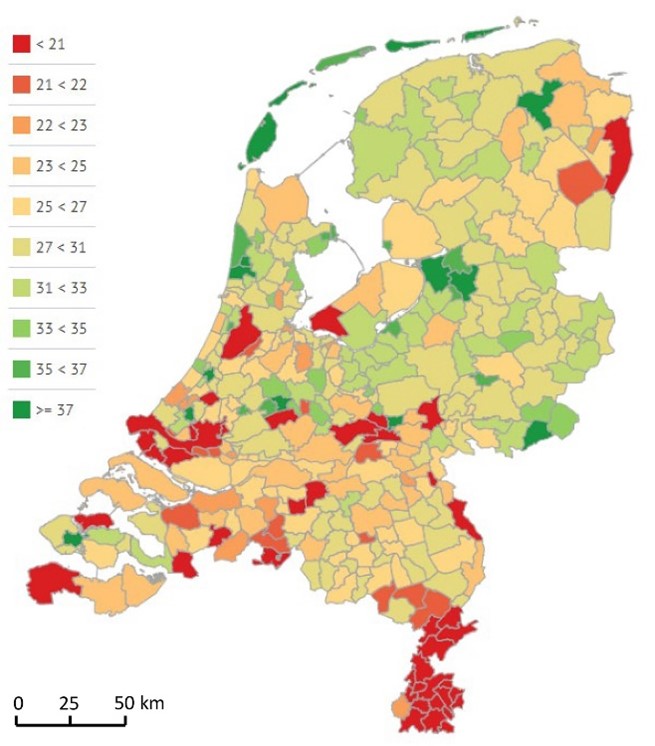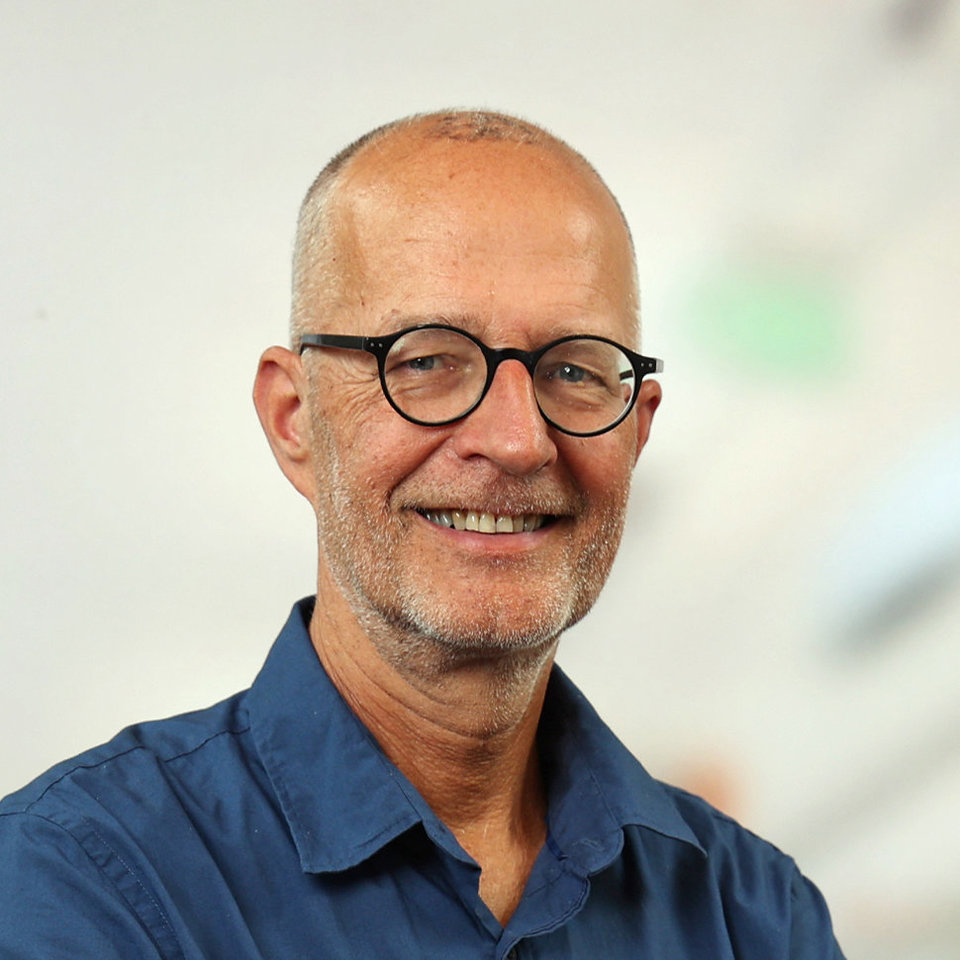Can municipalities promote health by encouraging bicycle use?
In the Netherlands we exercise too little, as many as 45% do not meet the exercise guideline, which states that we should exercise moderately intensively for at least 150 minutes per week. In addition, 50% of the Dutch population is overweight. These risk factors are together responsible for 13% of the total disease burden in the Netherlands. One way to get people more active is by encouraging the use of the bicycle in daily travel behavior, for example in commuting. But what really is the contribution of cycling to health? And how do we get more people cycling? TU Delft scientists Maarten Kroesen and Bert van Wee conducted research into this.
The Netherlands is a cycling country, on average a quarter of all trips are made by bicycle. Yet there are strong regional differences in bicycle use. In some municipalities, 1 in 10 trips are made by bicycle (Kerkrade, Heerlen), while there are also municipalities where 4 in 10 trips are made by bicycle (Groningen, Zwolle, Delft and Leiden). Figure 1 provides insight into the differences between municipalities.
The study examined how these differences affect health and which spatial factors contribute to a higher bicycle share. The results showed that more cycling has a positive effect on the number of people who meet the exercise standard and a negative effect on the percentage of overweight people. For every one percent increase in bicycle use, the percentage of people who meet the exercise standard increases by half a percent, and the percentage of overweight people decreases by a quarter of a percent. These effects were comparable in size to the effects of sports participation and remained after adjustment for socio-demographic differences between municipalities.
In addition, the research showed that bicycle use is influenced by spatial factors. In particular, the degree of diversity in living and working (the degree of mixing of functions) and the average distance to schools had a strong influence on the bicycle share. Maarten Kroesen: 'By providing insight into the effects of these spatial factors, we offer municipalities tools to increase the bicycle share and thus promote the health of the population. Although the bicycle share in the Netherlands is the highest internationally, this mode of transport still has a lot of potential. For trips of 0 to 5 kilometers, the car is taken in a third of cases. These are trips that can easily be replaced by the bicycle. In addition, once cycling is part of people's routine, they stick to it much better than, for example, going to the gym every time.'
In follow-up research, Kroesen and Van Wee want to look at how municipal policy regarding cars influences bicycle use. 'Many municipalities are now experimenting with policies to discourage cars, such as car-free areas or introducing paid parking or a permit system.' It is interesting to see whether and to what extent these measures contribute to increasing cycling share and thus also health. Because policies that try to reduce driving are often met with resistance, it is important to show the benefits they bring, such as improving health. This can also help to create more support for such measures.


